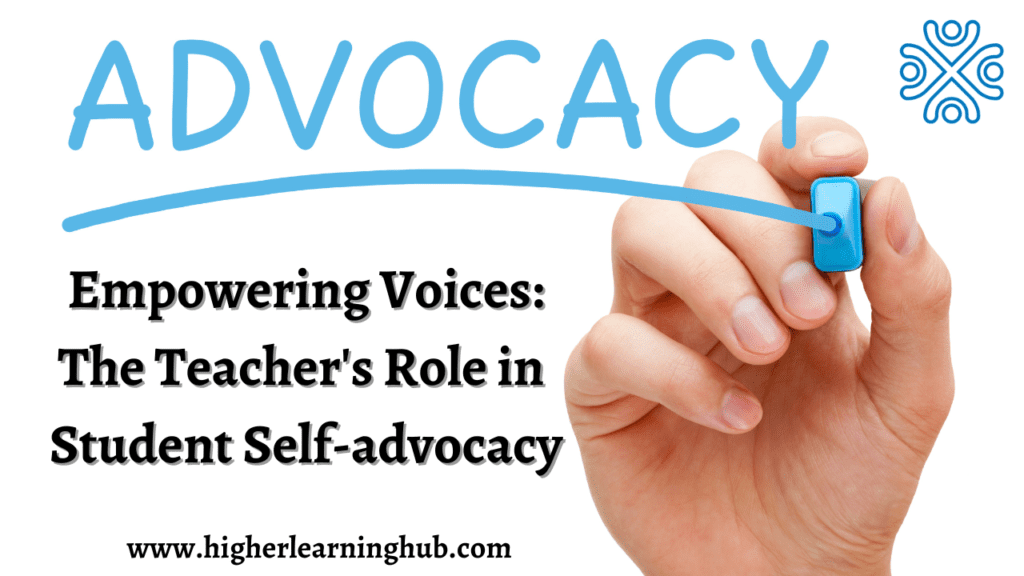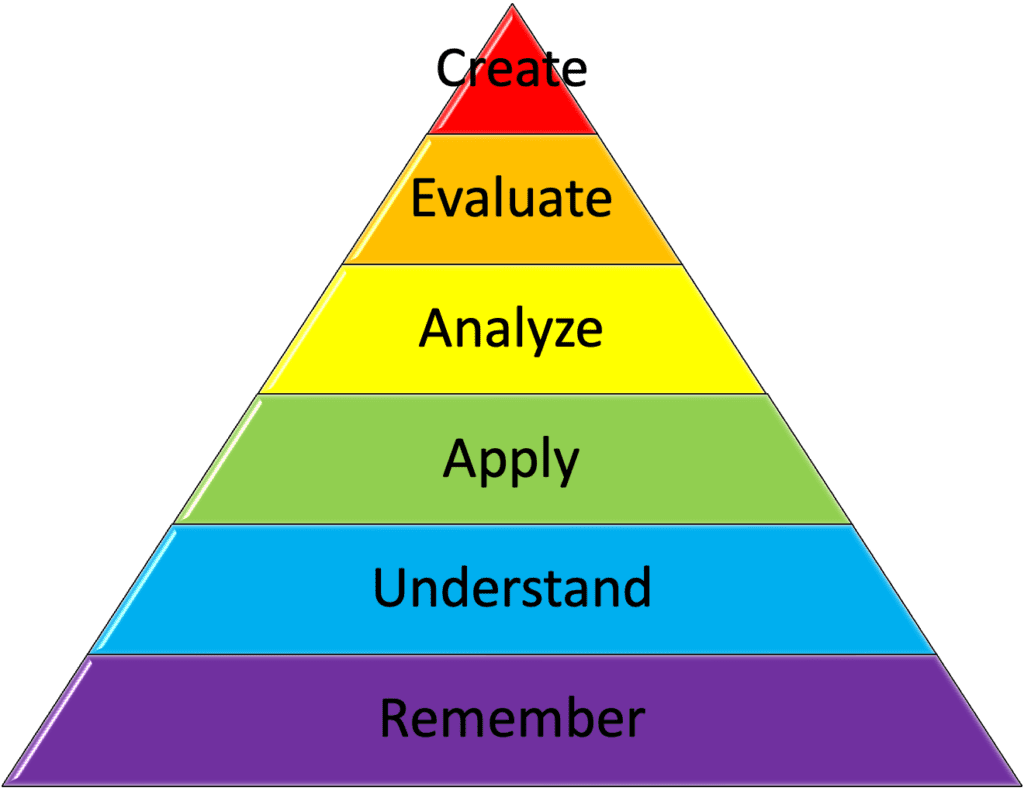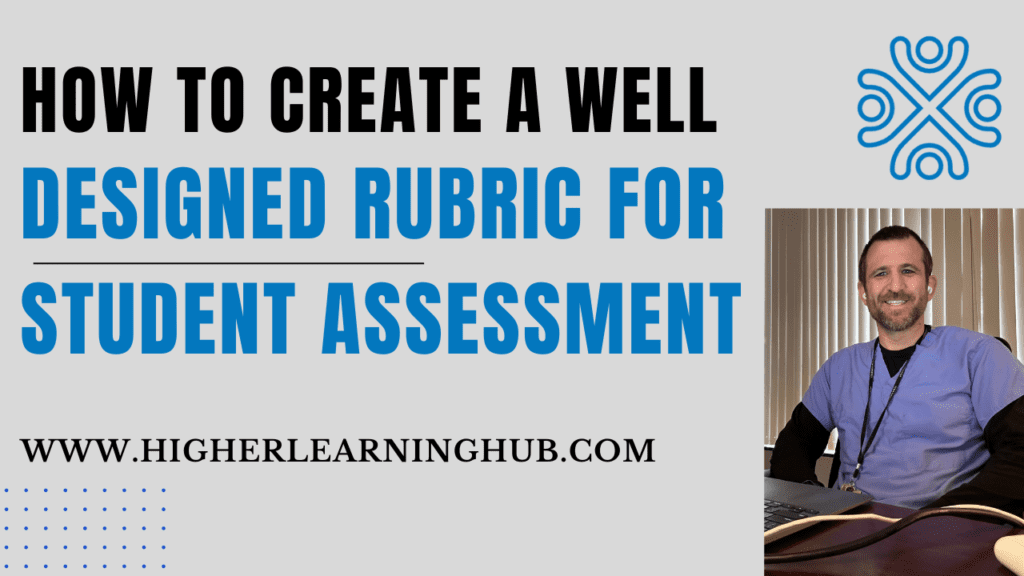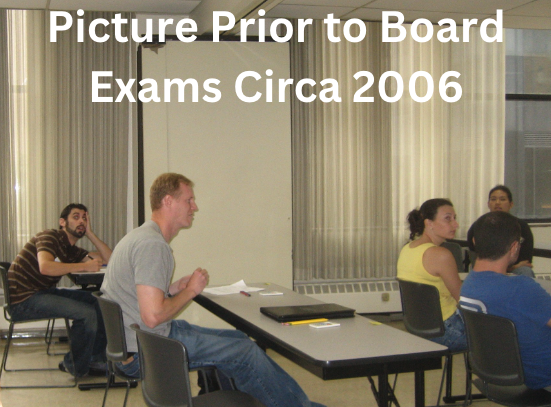Authored by Dr. Leland Jaffe, Associate Dean and Professor; Published on June 26th, 2024
Student self-advocacy is critical as it empowers learners to take control of their education, voice their needs and goals, and actively participate in shaping their academic path.
Self-advocacy empowers students to take charge of their learning and personal growth, creating a sense of confidence and independence. But how do students learn this vital skill? This is where teachers come into play. Teachers, with their unique position and influence, are instrumental in guiding students to find and use their voices effectively. From encouraging open communication to creating an inclusive classroom environment, educators play a pivotal role in shaping future leaders who are confident and proactive. This post explores how teachers can support and foster self-advocacy among their students, ensuring they are well-prepared for the challenges and opportunities ahead.
Understanding Student Self-Advocacy
Self-advocacy is an essential skill that empowers students to take control of their learning and express their needs. It promotes independence and confidence, enabling students to navigate their educational journey and beyond into their professional lives.
What is Self-Advocacy?
Self-advocacy is the ability to understand and communicate one’s needs and interests. It involves students speaking up for themselves, making decisions about their learning, and asking for help when necessary. Self-advocacy is crucial for all students, including those with learning disabilities, as it allows them to articulate their challenges and seek appropriate support. Students who master this skill can identify what they need to succeed and effectively express those needs to others.
The Importance of Student Self-Advocacy in Education
Self-advocacy plays a vital role in a student’s academic path. It encourages students to take charge of their learning, leading to greater motivation and engagement in their studies. Some key benefits of self-advocacy in education include:
- Enhanced Communication Skills: Students who practice self-advocacy become better communicators. They learn to articulate their thoughts clearly and listen to others’ perspectives.
- Increased Confidence: When students advocate for themselves, they build self-esteem and confidence. They feel empowered to take on challenges and believe in their ability to succeed.
- Better Problem-Solving: Self-advocacy teaches students to identify problems and seek solutions proactively. This skill is invaluable in both academics and personal life.
- More Personalized Learning: By expressing their needs, students can receive tailored support and accommodations, leading to a more effective learning experience.
For a deeper understanding of the importance of self-advocacy, check out this resource on self-advocacy benefits.
Long-Term Benefits of Student Self-Advocacy
The impact of self-advocacy extends far beyond the classroom. Students who develop strong self-advocacy skills gain numerous long-term benefits, including:
- Improved Self-Esteem: Regularly advocating for oneself helps build a positive self-image and a sense of worth.
- Greater Independence: Students learn to navigate life independently, making informed decisions and handling challenges on their own.
- Enhanced Career Prospects: Self-advocacy is crucial in the workplace. It enables individuals to negotiate roles, seek promotions, and pursue opportunities confidently.
- Stronger Relationships: Good self-advocacy skills contribute to healthier relationships by fostering open communication and mutual respect.
To learn more about the long-term advantages of self-advocacy, explore this article on self-advocacy benefits.
By understanding and promoting student self-advocacy, teachers can help students develop these crucial skills, ensuring they are well-equipped for future success. With the right support, students can become confident, independent learners ready to face life’s challenges.
Practical Strategies for Teachers
To help students become confident self-advocates, teachers need to employ effective strategies. These approaches help students understand how to articulate their needs and make informed decisions about their education. Let’s explore these practical strategies in detail.
Goal Setting and Reflection


Setting goals and reflecting on progress are powerful tools for fostering student self-advocacy. Teachers can guide students through this process by:
- Creating Specific, Measurable Goals: Encourage students to set clear and achievable goals. For example, rather than saying, “I want to read better,” a student might set a goal to “read one book per month”.
- Regular Check-Ins: Schedule regular meetings to discuss progress. This helps students stay accountable and allows for adjustments if they encounter obstacles.
- Encouraging Self-Reflection: Ask students questions like, “What went well this week?” and “What could you improve?” This reflective practice helps students become more aware of their strengths and areas for growth.
For more insights on goal-setting strategies, visit Self-Advocacy: Strategies for All Ages – Smart Kids.
Providing Resources and Support
Teachers can create an environment that supports self-advocacy by offering various resources and support systems:
- Resource Lists: Provide students with lists of available resources such as tutoring centers, counseling services, and online learning platforms.
- Peer Support Groups: Encourage students to form study groups or join clubs where they can share experiences and advocate for one another.
- Open Communication Channels: Ensure students know they can come to you with concerns or questions. An open-door policy fosters trust and encourages students to seek help when needed.
Explore more about providing resources and support at Self-Advocacy Skills: 14 Strategies to Help Kids & Teens.
By integrating these strategies into the classroom, teachers can significantly enhance their students’ ability to self-advocate. Building these skills takes time and practice, but the benefits for students’ education and personal growth are immeasurable.
Overcoming Challenges in Promoting Student Self-Advocacy
Promoting student self-advocacy is a rewarding but challenging task. Teachers often face hurdles like student reluctance and the need to balance advocacy with academic demands. Here’s how educators can address these common issues.
Addressing Student Reluctance
Students may hesitate to advocate for themselves for various reasons, such as fear of judgment, lack of confidence, or not knowing how to express their needs effectively. Here’s how teachers can help students overcome this reluctance:
- Create a Safe Environment: Make your classroom a place where students feel safe to express themselves. Encourage open communication and reassure students that their voices matter.
- Model Self-Advocacy: Demonstrate self-advocacy through your own actions. Show students how to voice their needs and concerns respectfully and constructively.
- Provide Tools and Resources: Equip students with the resources they need to self-advocate.
- Offer Positive Reinforcement: Celebrate small wins when students advocate for themselves. Positive reinforcement helps build confidence and encourages them to keep practicing.
To learn more about strategies for overcoming student reluctance, visit this page on student self-advocacy.
Balancing Advocacy with Academic Demands
Teachers need to promote self-advocacy while ensuring that academic standards are met. Striking this balance can sometimes be tricky, but with the right approach, it’s entirely possible.
- Integrate Advocacy into Lessons: Incorporate self-advocacy into your curriculum.
- Time Management: Help students learn time management skills. When students can manage their time effectively, they find it easier to balance their academic work and advocacy efforts.
- Flexible Teaching Methods: Use diverse teaching methods that allow students to express their needs. For instance, consider offering multiple options for assignments and assessments so students can choose what works best for them.
- Regular Check-Ins: Conduct regular one-on-one sessions with students to discuss both their academic progress and any challenges they face. These sessions provide an opportunity for students to practice self-advocacy in a supportive environment.
For more insights on balancing academic demands with advocacy, explore this resource on supporting self-advocacy.
By effectively addressing student reluctance and balancing advocacy with academic demands, teachers can create a supportive environment that fosters both academic success and personal growth. Promoting self-advocacy in this way prepares students not only to excel in their studies but also to thrive in their future endeavors.
Promoting Student Self-Advocacy – Conclusion
Teachers are central to fostering self-advocacy in students, guiding them to become confident and independent learners. Key strategies include goal setting and reflection and providing necessary resources and support. Addressing student reluctance and balancing advocacy with academic demands are essential steps.
By embracing these approaches, teachers empower students to voice their needs effectively, paving the way for their success both in school and beyond. Let’s commit to implementing these strategies, fostering a new generation of proactive, self-assured, and confident individuals.







